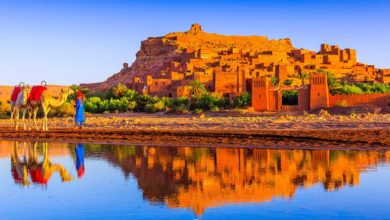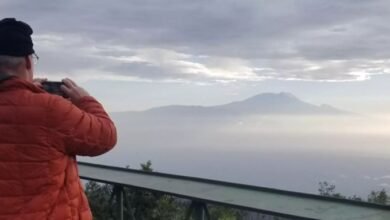
Langtang Valley Trek Safety Tips After the 2015 Earthquake
The Langtang Valley in Nepal faced severe damage during the 2015 earthquake. Many trails and villages were affected. Today, the Langtang Valley Trek is open again. Travelers can enjoy this beautiful area. But safety remains a key concern. Here are important tips for a safe trek in Langtang Valley.
Current Trail Conditions
The trails in Langtang have been rebuilt since 2015. Local communities worked hard to restore paths. Most routes are now safe for trekking. But some areas still show signs of the earthquake. Stay on marked trails at all times. Avoid shortcuts through unknown terrain. The main Langtang Valley Trek route is well-maintained and regularly checked.
Best Time To Visit
Weather plays a big role in trek safety. The best months are March to May and September to November. These periods offer clear skies and stable conditions. Avoid the monsoon season from June to August. Heavy rains can cause landslides. Winter treks are possible but require extra preparation. Check weather forecasts before your trip.
Essential Gear
Proper gear is vital for safety. Pack quality hiking boots with ankle support. Bring trekking poles for stability on rough terrain. Include a first aid kit with basic medicines. Carry a reliable headlamp with extra batteries. A good sleeping bag is necessary for cold nights. Don’t forget sun protection and rain gear. Quality equipment can prevent many common trekking accidents.
See also: Press-On Nails for Travel: Convenient and Stylish Nail Solutions
Health Precautions
High altitude sickness is a real risk in Langtang. Plan for proper acclimatization days in your itinerary. Drink plenty of water throughout your trek. Avoid alcohol at high elevations. Know the symptoms of altitude sickness. These include headache, dizziness, and nausea. Descend immediately if symptoms appear. Carry altitude sickness medication as a precaution.
Hiring Local Guides
Local guides know the safest routes in Langtang. They understand the terrain changes since the earthquake. Guides can identify potential hazards before they become dangerous. They also know emergency procedures and evacuation routes. Many guides are from villages affected by the earthquake. Hiring them supports local rebuilding efforts. The Langtang Valley Trek becomes safer and more enriching with local expertise.
Communication Plans
Tell someone your detailed trekking plans before you start. Register with the tourism board in Kathmandu. Carry a fully charged phone with a Nepali SIM card. Signal can be limited in the mountains. Consider renting a satellite phone for emergencies. Check in regularly with your contacts when possible. Knowing how to call for help could save your life.
Travel Insurance
Never trek without proper insurance coverage. Ensure your policy includes helicopter evacuation. Many basic travel policies don’t cover high-altitude trekking. Read the fine print carefully. Keep your insurance details with you at all times. Share this information with your emergency contacts. The cost of mountain rescues can be extremely high without insurance.
Respecting Local Warnings
Local residents understand the mountain conditions best. Listen to their advice about trail safety. If villagers warn about certain areas, take their warnings seriously. Weather conditions can change rapidly in the mountains. Trust local knowledge about incoming storms or unstable areas. Their experience has been shaped by living through the earthquake and its aftermath.
Supporting Sustainable Tourism
Choose eco-friendly trekking practices. Stay at lodges committed to sustainable rebuilding. Carry all trash back with you. Respect wildlife and plant life along the trails. Supporting responsible tourism helps the Langtang region recover fully. The Langtang Valley Trek area needs visitors who care about its future.
The Langtang Valley has shown remarkable resilience since 2015. Trekking there is now both rewarding and reasonably safe. With proper preparation and respect for safety guidelines, you can enjoy this beautiful Himalayan region. Your visit helps local communities continue their recovery journey.



